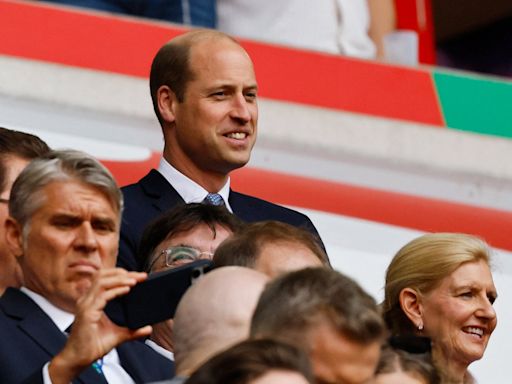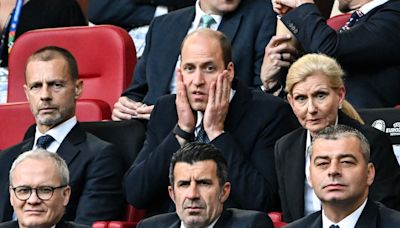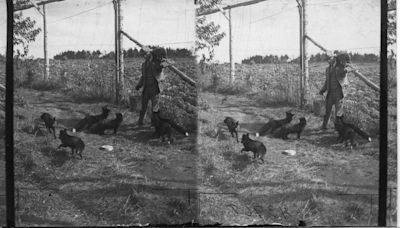Search results
The story follows a young prince who visits various planets, including Earth, and addresses themes of loneliness, friendship, love, and loss. Despite its style as a children's book, The Little Prince makes observations about life, adults, and human nature.
The Little Prince, fable and modern classic by French aviator and writer Antoine de Saint-Exupéry that was published with his own illustrations in French as Le Petit Prince in 1943. The simple tale tells the story of a child, the little prince, who travels the universe gaining wisdom.
A short summary of Antoine de Saint-Exupéry's The Little Prince. This free synopsis covers all the crucial plot points of The Little Prince.
The Little Prince, first published in 1943, is a novella, the most famous work of French aristocrat, writer, poet, and pioneering aviator Antoine de Saint-Exupéry. The Little Prince is a poetic tale, with watercolor illustrations by the author, in which a pilot stranded in the desert meets a young prince visiting Earth from a tiny asteroid.
The Little Prince is a philosophical tale that has been passed on and shared from generation to generation for the past 80 years. A creator of links between generations, people and continents, The Little Prince is also an icon of sustainable development, a promoter of world peace and an advocate of children’s rights.
Jan 1, 2011 · SUMMARY: Few stories are as widely read and as universally cherished by children and adults alike as The Little Prince. Richard Howard's new translation of the beloved classic-published to commemorate the 100th anniversary of Antoine de Saint-Exupéry's birth-beautifully reflects Saint-Exupéry's unique and gifted style.
The Little Prince comes from a planet barely bigger than he is, on which there are baobabs and a very precious flower, a rose, which is doing its coquette and for which he feels responsible. The Little Prince loves the sunset. One day, he saw it forty-four times!






